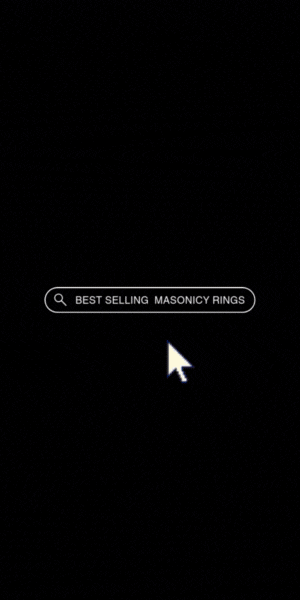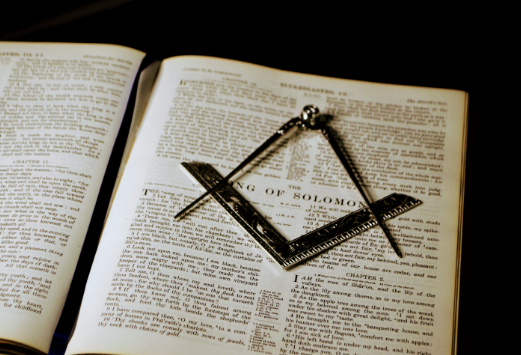
The Masonic Bible | You’ve probably heard of the Holy Bible and the Masonic Bible, but have you ever wondered what truly sets them apart?
Defining the Masonic Bible
The Masonic Bible, distinct from the Holy Bible, is a variation used in Freemasonry, a fraternal society that arose in late 16th–early 17th-century Britain.
Origins of the Masonic Bible
The Masonic Bible originated in the context of Masonic rituals and beliefs. Contrary to common misconceptions, it is not a distinct or secret version of the Bible but a regular King James Version or another version with added Masonic content.
Content and Structure of the Masonic Bible
The Masonic Bible mirrors the content and structure of the King James Bible. What sets it apart is the additional content bookend by Masonic rites, history, symbolism, and interpretative texts.
Masonic Teachings within the Bible
Since Freemasonry isn’t a religion but a fraternal order that embraces members from various faith backgrounds, the Masonic Bible serves as a symbol of truth and divine revelation, not a source of particular Masonic doctrines. It encompasses teachings on virtues such as brotherly love, relief, and truth.
How the Masonic Bible is Used in Freemasonry
In Masonic lodges, the Masonic Bible plays a symbolic role in representing truth and light. It’s used during ceremonies and rituals, particularly in initiations where members take pledges on the book much like a court oath.
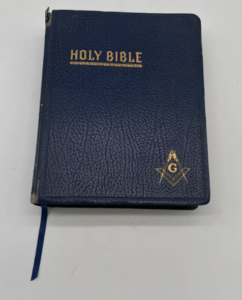
Understanding the Nature of the Holy Bible
The Holy Bible, recognized throughout the world, is a religious tome composed of sacred texts and scriptures in both Judaism and Christianity. The Bible isn’t a single book but a compilation of various books with diverse themes, messages, and authors.
The Structure of the Holy Bible
The Bible is split into two sections: the Old Testament and the New Testament. The Old Testament consists of scriptures predating the birth of Jesus Christ, and incorporates books of law, history, wisdom, and prophecy. The New Testament contains life events and teachings of Jesus Christ, acts of his apostles, letters or epistles of Christian leaders, and a prophetic book – Revelation.
The Themes and Messages in the Holy Bible
The Holy Bible covers an extensive range of themes and messages, from moral laws and codes, historical narratives and prophecies, to teachings on love, forgiveness, faith, and salvation. The primary message revolves around the idea of humanity’s redemption through faith in Jesus Christ.
The Authors and Composition of the Holy Bible
The Holy Bible is not the work of a solitary author, but a multitude of contributors over several centuries. Prophets, kings, shepherds, fishermen, and tax collectors, among others, contributed to it. Scholars believe its composition process involved divine inspiration, where God used human agency to pen the sacred text.
Mainstream Religious Interpretations of the Holy Bible
Interpretations of the Holy Bible vary across different Christian denominations, yet its importance as a divine revelation and guide for moral and religious life remains consistent. Some read the Bible literally, while others interpret it more metaphorically or allegorically.
Historical Context of the Holy Bible and the Masonic Bible
An understanding of the Holy and Masonic Bibles’ history provides valuable insights into their development, evolution, and spread.
The Evolution of the Holy Bible
The Holy Bible evolved over centuries, with biblical texts written, collected, and canonized over time. The Old Testament was initially passed down orally before being written down between the 12th and 2nd century BC. The New Testament emerged in the 1st century AD after Christ’s resurrection.
Development and Spread of the Masonic Bible
The Masonic Bible, being of later origin, was first published by John Aitken in 1791. It gained popularity as Masonic lodges spread across the globe, although its use varies amongst the different branches of Freemasonry.
Comparative History: Holy Bible and Masonic Bible
While the Holy Bible’s evolution has been extensive and centuries-long, the Masonic Bible originated from the established biblical text, specifically the King James Version. The distinguishing feature lies in the added Masonic content.
Differences in Textual content
Even though the Masonic and Holy Bibles share a lot of textual content, it’s essential to understand their differences.
The Holy Bible Text
The Holy Bible text includes the Old and New Testaments, encompassing scriptures, parables, moral teachings, prophecies, and historical accounts of Christianity and Judaism. It serves as the authoritative source of divine revelation to Christians worldwide.
The Masonic Bible Text
The Masonic Bible contains the same biblical content as the Holy Bible. However, within it, there are additional Masonic introductions, interpretations, and discussions of Masonic rituals and symbolism. The inclusion of these texts is what makes it “Masonic”.
Comparison of Textual Differences
Comparatively, while both the Holy and Masonic Bibles share the same biblical text, what sets them apart is the added Masonic interpretation and content in the Masonic Bible.

Understanding Biblical Interpretations in Masonry
Freemasonry, though non-religious, makes use of biblical texts and teachings in a unique way, emphasizing moral and ethical principles.
Interpreting the Masonic Bible
Masonic interpretations of the Bible don’t focus on religious doctrines but on moral lessons and symbolic meanings. The emphasis lies in lessons that promote brotherly love, charity, trustworthiness, and personal improvement.
Masonic Symbols and Biblical References
Freemasonry uses numerous symbols with biblical origins. For instance, the “cornerstone” symbolizes a Mason’s need for a sound basis, much like a strong building, while the “square and compasses” symbol represent moral and ethical boundaries.
How Biblical Teachings are Used in Freemasonry
Biblical teachings in Freemasonry serve as a guide for moral and ethical conduct. They come into play during Masonic rituals, where members learn allegorical lessons based on biblical narratives.
Exploring Religious and Philosophical Differences
The Holy Bible and the Masonic Bible reflect diverging religious and philosophical beliefs and practices.
The Holy Bible and Christian Beliefs
For Christians, the Holy Bible reveals the will of God and provides direction for their faith. It’s the source of Christian beliefs in God, Jesus Christ, salvation, redemption, and the principles governing Christian life.
The Masonic Bible and Freemason Beliefs
In Freemasonry, the Masonic Bible serves more as a symbol of divine truth and wisdom rather than a religious text. Freemasons respect all religious faiths and avoid religious discussions in their meetings, emphasizing moral teachings and virtuous behavior.
Comparing Religious and Philosophical Beliefs
While Christian belief stems directly from the Holy Bible, forming the foundation of their faith, the Masonic Bible merely guides Masonic rites and morals. It supports the idea of universal brotherhood amidst various religions.
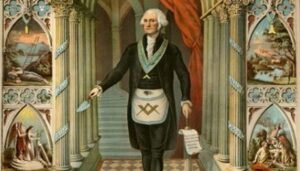
Biblical Characters in the Holy Bible and the Masonic Bible
Biblical characters play a significant role in both the Holy Bible and the Masonic Bible, though interpreted differently.
Biblical Characters in the Holy Bible
In the Holy Bible, notable biblical figures such as Abraham, Moses, David, and Jesus play integral roles in religious narratives, embodying various virtues and conveying pivotal spiritual messages.
Masonic Interpretations of Biblical Characters
In Freemasonry, these characters take on a symbolical sense. For instance, Solomon, Hiram Abiff, and the builders of Solomon’s Temple are regarded as figures representing wisdom, virtue, and industriousness, respectively.
Comparison of Character Representation
Thus, the difference lies not in the characters themselves but in how they’re interpreted. Where the Holy Bible sees these characters within a spiritual and historical narrative, Freemasonry sees them as symbolic figures.
The Role of the Masonic Bible in Masonic Rituals
The Masonic Bible plays an integral role in the symbolic proceedings of Masonic rituals.
How the Masonic Bible is Used
Within the Freemason lodge, the Masonic Bible (opened at a certain page depending on the lodge’s degree) is considered an indispensable part of the “furniture” of the lodge and is used in ceremonies for taking oaths and teaching lessons.
Key Rituals that Involve the Masonic Bible
Important rituals involving the Masonic Bible include the initiation, passing, and raising ceremonies. Here, the Bible serves as a medium for Masons to pledge their sincerity and commitment.
Symbolism and Significance of the Masonic Bible in Rituals
The Masonic Bible’s symbolism lies in its testament to divine truth and wisdom. Its use underscores the group’s commitment to moral integrity and truth-seeking.
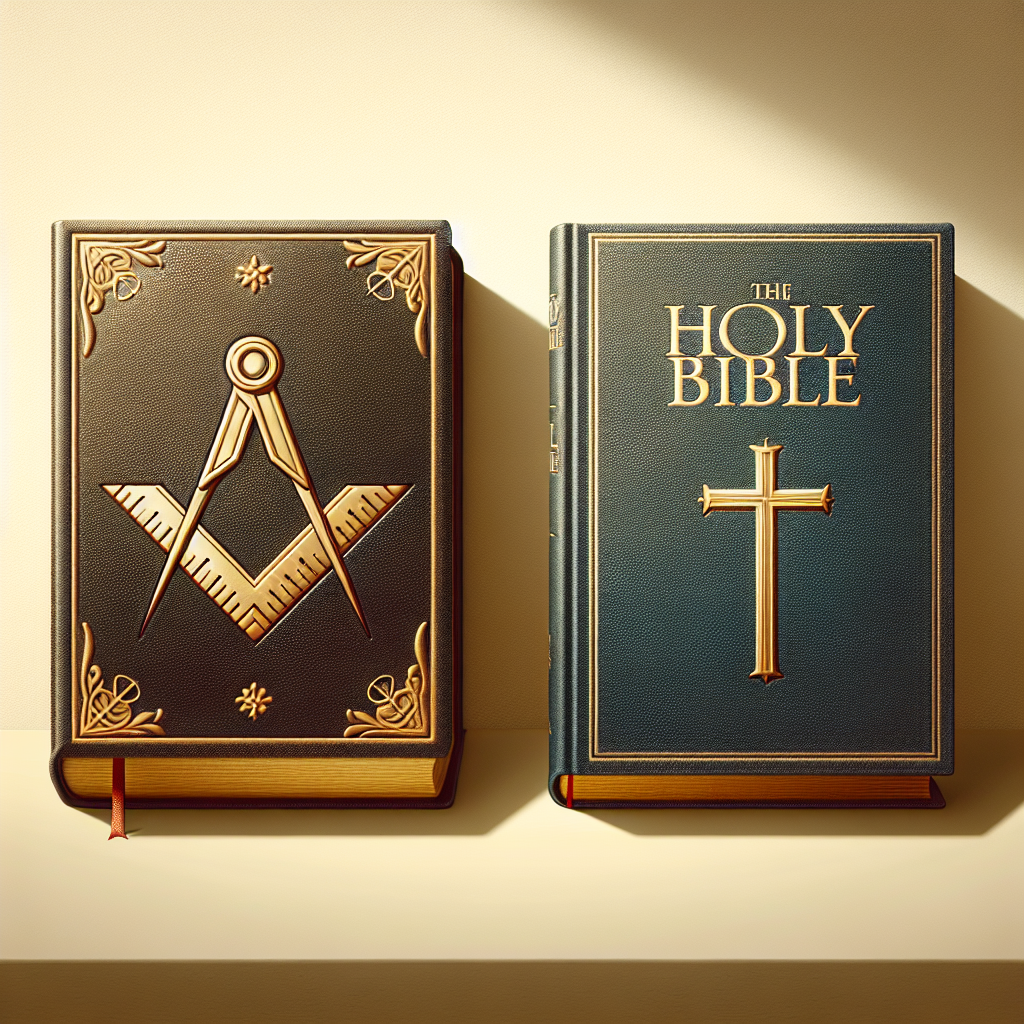
Relevance and Use of the Holy Bible Today
The Holy Bible continues to influence millions, guiding personal beliefs, cultures, and societal norms.
The Importance of the Holy Bible in Modern Christianity
Today’s Christians consider the Holy Bible an essential guide for belief and practice, using it for private devotion, public worship, moral guidance, and community building.
Different Translations and Editions of the Holy Bible
To make it accessible to diverse communities, the Holy Bible has been translated into various languages. In addition, there are different versions for study, children, and specific denominations.
The Holy Bible in Popular Culture
The influence of the Holy Bible extends far into popular culture, with biblical references found in literature, film, music, and art, demonstrating its ongoing relevance.
Relevance and Use of the Masonic Bible Today
The Masonic Bible holds a significant position in contemporary Freemasonry and beyond.
Importance of the Masonic Bible in Modern Freemasonry
For modern Freemasons, the Masonic Bible remains a key symbolic artifact, signifying truth and wisdom. Its teachings continue to shape Masonic values and principles.
Different Editions and Adaptations of the Masonic Bible
Over the years, various editions of the Masonic Bible have been produced, some with interpretative texts and others with special features pertaining to specific Masonic rites or degrees.
The Masonic Bible in Popular Culture
Despite its less widespread usage than the Holy Bible, references to the Masonic Bible, its symbols, and Freemasonry in general often appear in books, movies, and conspiracy theories, hinting at its mystery-laden reputation.
![]()
